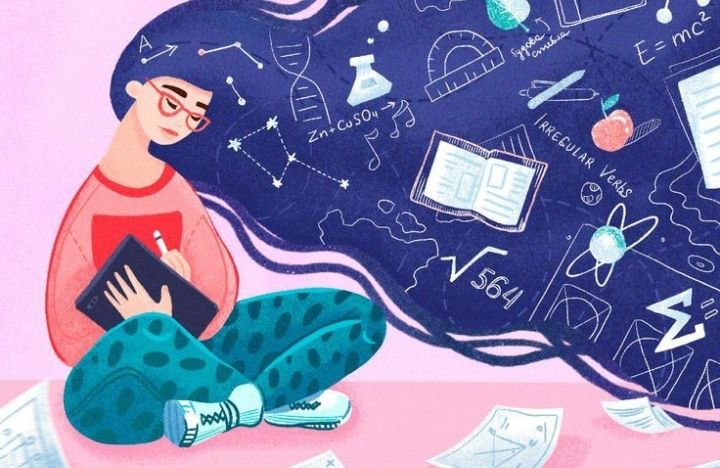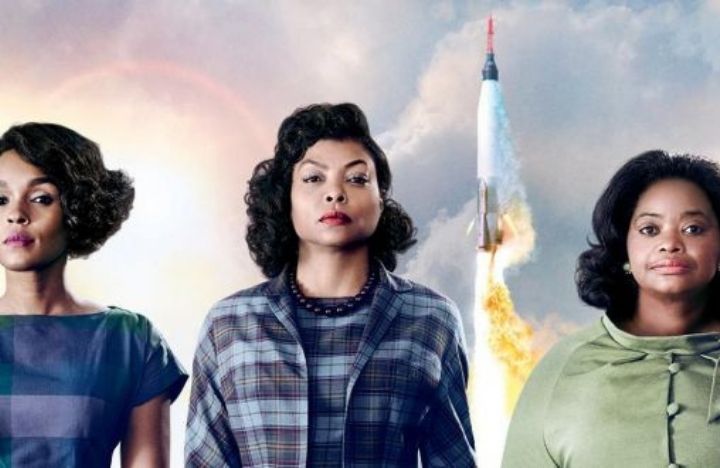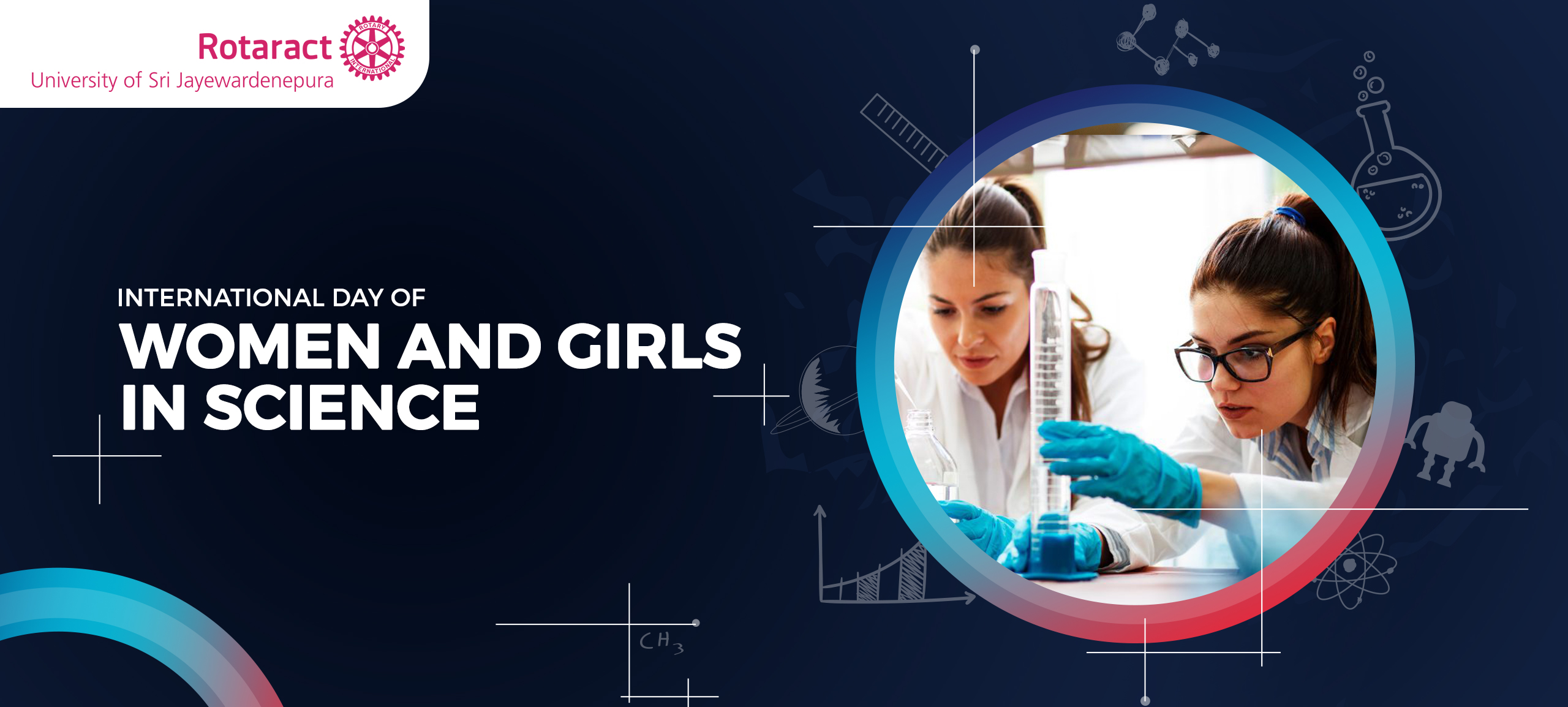“We must have perseverance and above all confidence in ourselves. We must believe that we are gifted for something and that this thing must be attained.”
Marie Curie
The International Day of Women and Girls in Science, observed on February 11th, is implemented by UNESCO and UN-Women, in partnership with institutions and civil society partners, with the intention of encouraging women and girls to pursue careers in science. As scientists, health care workers, and many others, women have pioneered groundbreaking research in public health, vaccinations, therapies, and revolutionary technology, as well as being on the front lines of the COVID-19 response.
The 7th International Day of Women and Girls in Science Assembly which falls for the year 2022 will focus on the theme “Equity, Diversity, and Inclusion: Water Unites Us,” recognizing the role of women and girls in science as beneficiaries as well as change agents, including in the context of accelerating progress toward the achievement of SDG 6 (Clean Water and Sanitation).
In the midst of a global push to encourage more girls to pursue careers in science, technology, engineering and math (STEM), let us celebrate 10 popular women who have already achieved success in STEM fields in the past and present.
We all know the name of Madam Marie Curie, but how often do you recall her contributions to science? The Polish scientist studied at the Sorbonne University and became the head of the physics lab there in the early 1900s, when women were not yet allowed to teach science in European colleges, and pioneered radioactive research discovering two elements Radium and Polonium. She was also the first woman to win a Nobel Prize in 1903.
Although Madam Curie dominates the conversation of women and girls in science, many other brilliant, dedicated and determined women have pursued science over the years.
Irène Curie, the eldest daughter of Marie Curie, followed her mother’s footsteps into the laboratory. Her doctoral thesis in 1925 focused on the alpha rays of polonium, one of the two elements discovered by her mother. The next year, she was awarded the Nobel Prize in Chemistry, making Marie and Irène the first parent-child couple to win a Nobel Prize.

Without Rosalind Franklin, who worked on X-ray diffraction photographs of DNA that revealed its spiral pattern and led Crick and Watson to the right modeling of this fundamental form of all life, we would likely know so little about DNA or viruses.
Gerty Cory is a Nobel Laureate in Physiology or Medicine who discovered how we metabolize carbohydrates while fighting bias and prejudice. The Cori cycle, named after her, is critical to understanding optimum nutrition and human health. Her research helps us better understand and treat metabolic and endocrine illnesses like diabetes. A US postal stamp was created in her honor, and a moon crater was named for her.
Maria Goeppert Mayer, a German immigrant to the United States who studied at Johns Hopkins during the Great Depression, continued in her studies even when no university would recruit her and went on to become a chemical physicist. Her Nobel Prize-winning discovery of the nuclear shell of the atomic nucleus is her most well-known contribution to modern physics.
Mary M. Daly was the first African-American woman to get a doctorate in chemistry began her career thinking about food, specifically protein metabolism. After World war ii, she went to work looking for the causes of heart attacks. We owe our knowledge of the relationship between cholesterol and clogged arteries, and thus how food and diet can affect heart health and the circulatory system, to her and her team.
Dorothy Crowfoot Hodgkin won the Nobel Prize for discovering the structures of penicillin, vitamin B12, and insulin. The Royal Society honored its 350th anniversary in 2010, 16 years after Hodgkin’s death, by issuing stamps featuring the resemblances of 10 of the society’s most prominent members, including Isaac Newton and Benjamin Franklin; Hodgkin was the only woman in the group.
Women in science never restricted themselves just in a laboratory. Jane Goodall was the most famous primate scientist in history, known for her work with chimps and as an animal rights activist. Goodall did not just work in a lab; in Tanzania, she climbed trees and imitated chimp behavior to gain their trust and study them in their natural surroundings.
And the women in the fields of STEM did not limit themselves to planet Earth. Mae C. Jemison is the first African-American woman to be appointed to the position of astronaut. As a crew member on the space ship Endeavour in 1992, she became the first black woman in spacecraft. She was a medical practitioner in the Peace Corps in Sierra Leone and Liberia before joining the space program. Mae C. Jemison is one of the best examples that even though women change their field of career, they could still shine bright.
Sri Lanka, the Pearl of the Indian Ocean has too gifted multifaceted Scientists to the world. Asha De Vos, is an illustrious lady marine biologist,who bravely conquered the marine world. The name Asha de Vos is famous as the founder of Oceanswell, Sri Lanka’s first marine conservation research and education organization. Asha de Vos, who is alsoan ocean educator, and pioneer for blue whale research on the island, made it to the BBC’s 100 Women list in 2018. She is a TED Senior Fellow, a Marine Conservation Action Fund Fellow, and a Young Global Leader at the World Economic Forum, among other honors.

Throughout history, there have been hundreds of relatively unknown women who have influenced the world via their research work. Women have various distinguishing characteristics that enable them to surpass males in a variety of areas and achieve exceptional achievements. Women’s spirit and vitality as a catalyst for progress, on the other hand, have not been adequately recognized or appreciated. Empathy, emotional intelligence, multitasking, the capacity to wear multiple hats, balancing career and domestic duties, and intuitive perceptiveness are among the characteristics that women possess in more abundance than men.
Recognizing women’s contributions to research, demolishing stereotypes by being courageous and committed, and defeating discrimination against women and girls in science is more crucial than ever.
The world requires science, and science necessarily requires the participation of women and girls. It’s high time we end our roles behind the scenes as HIDDEN FIGURES and come out of the shadow and have the spotlight on us.
Written by Rtr. Hasini Amanda



❤️✨️
Well written